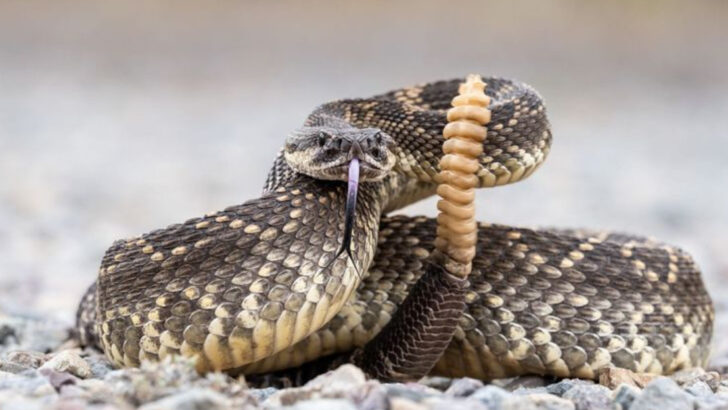They’re not out to get you.
Forget the fangs, the rattling tail, and the reputation soaked in fear—timber rattlesnakes have been dragged through the mud for centuries. They’ve been cast as villains, hunted with torches, and driven from their habitats like monsters in a B-movie.
But here’s the twist: they’re not the menace you’ve been led to believe. In fact, these misunderstood reptiles are unsung heroes of the forest floor—quietly keeping rodent populations in check and playing a vital part in the food chain.
Before you grab a shovel or run for the hills, take a breath.
Because the truth about timber rattlesnakes might just change how you see them forever.
Misconception: Timber Rattlesnakes Are Aggressive

Many people believe timber rattlesnakes are aggressive foes, but this isn’t true. In reality, they prefer to retreat rather than confront.
Their infamous rattle serves as a warning, urging threats to keep their distance. Instead of being ferocious, these snakes often remain still to avoid detection.
They only strike when they feel cornered or threatened. Understanding their behavior helps to dispel fears and appreciate their role in nature.
Misconception: All Timber Rattlesnakes Are Venomous Killers
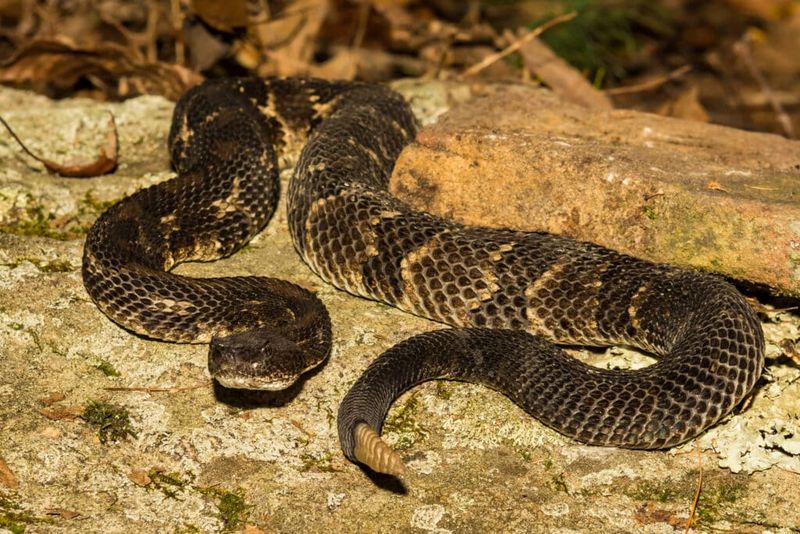
Despite the fearsome reputation, timber rattlesnakes are not mindless killers. Their venom is primarily for hunting prey, not attacking humans.
When encountering people, these snakes generally seek escape over confrontation. Even when bitten, the venom isn’t always injected.
Their capability to control venom release makes them less dangerous than commonly perceived. This restraint reflects their role as strategists rather than aggressors in their ecosystems.
Misconception: Timber Rattlesnakes Are Common Everywhere
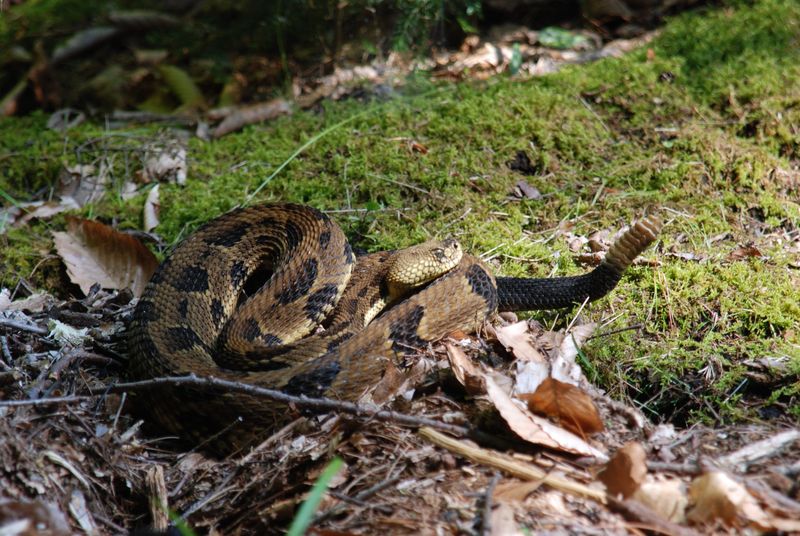
Many assume timber rattlesnakes are found everywhere, but they thrive in specific habitats. These snakes favor wooded areas with ample cover and are not an urban species.
Their existence is more localized, dependent on particular environmental conditions.
This misconception often arises from lack of awareness about their habitat preferences. Protecting these environments is crucial for their conservation.
Misconception: Timber Rattlesnakes Serve No Purpose
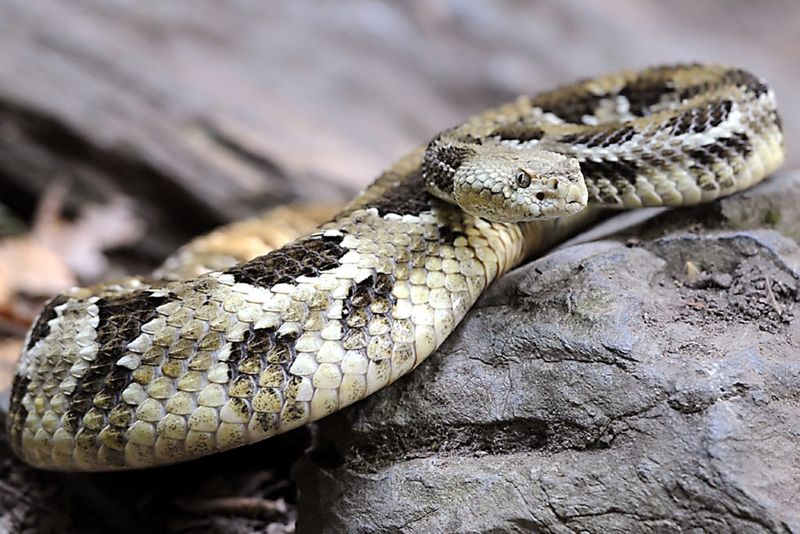
The belief that timber rattlesnakes serve no purpose is misguided. They play a vital role in controlling rodent populations, which benefits agricultural landscapes.
By keeping rodent numbers in check, these snakes help prevent crop damage and disease spread.
Their presence ensures a balanced ecosystem, highlighting the interconnectedness of species. Recognizing their ecological contribution challenges this misconception effectively.
Misconception: Timber Rattlesnakes Are a Primary Human Threat
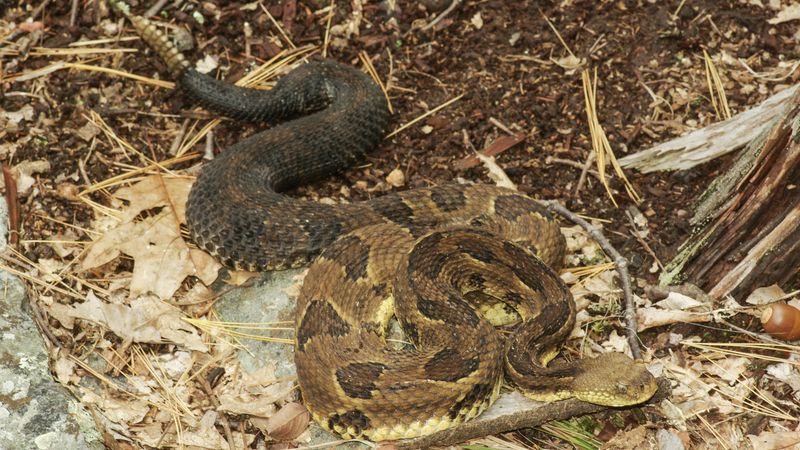
Some think timber rattlesnakes pose a significant threat to humans, but this is largely exaggerated. These snakes avoid human contact and incidents are rare.
Proper education reduces conflict, emphasizing peaceful coexistence.
Human-snake encounters often result from accidental surprises rather than deliberate threats. Promoting awareness can foster harmonious living alongside these misunderstood creatures.
Misconception: Timber Rattlesnakes Are Invasive
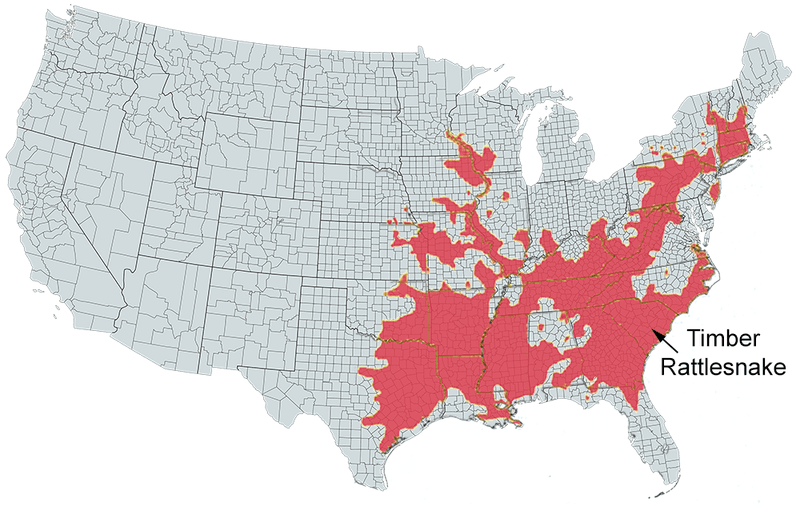
Timber rattlesnakes are sometimes mistakenly labeled as invasive, though they are native to the U.S. Their presence is natural, and they have long been part of American ecosystems.
This snake has successfully lived alongside other species for centuries.
Such misconceptions may arise from unfamiliarity with America’s native fauna. Recognizing their native status helps in their conservation efforts.
Benefit: Timber Rattlesnakes Control Rodent Populations
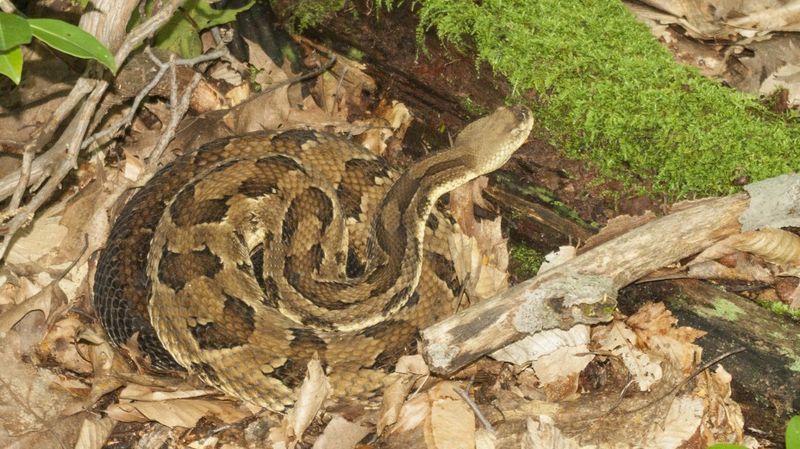
Timber rattlesnakes play a crucial ecological role by controlling rodent populations. This natural pest control supports agricultural productivity by reducing crop damage.
In turn, this decreases the need for chemical rodenticides. Their predatory nature is essential for maintaining ecosystem balance.
By curbing rodent numbers, they help control diseases that could affect both wildlife and humans. Their presence is a boon to sustainable agriculture.
Benefit: Timber Rattlesnakes as Biodiversity Indicators
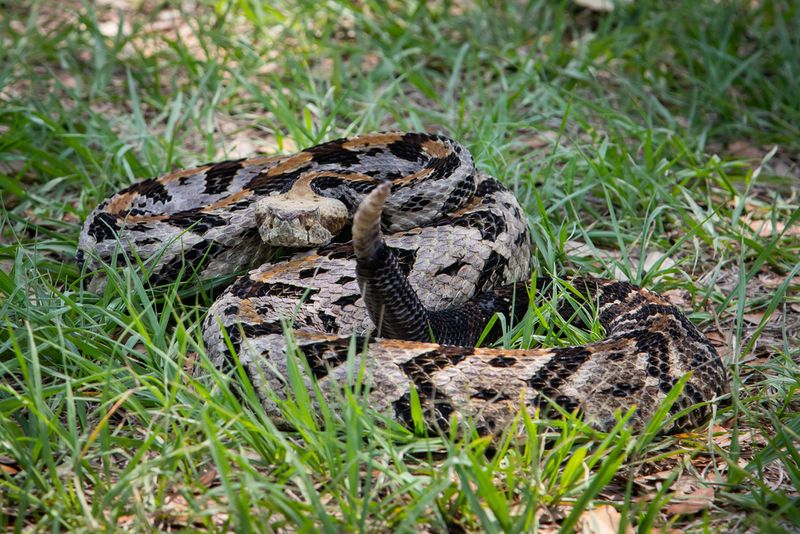
As part of their ecosystems, timber rattlesnakes indicate healthy biodiversity. Their presence signals balanced environments where various species thrive.
Their decline can hint at ecological issues, prompting conservation actions.
Monitoring their numbers helps gauge ecosystem health, showcasing their importance beyond direct ecological roles. They serve as a natural barometer, reflecting the vitality of their habitats.
Benefit: Timber Rattlesnakes Enhance Soil Fertility
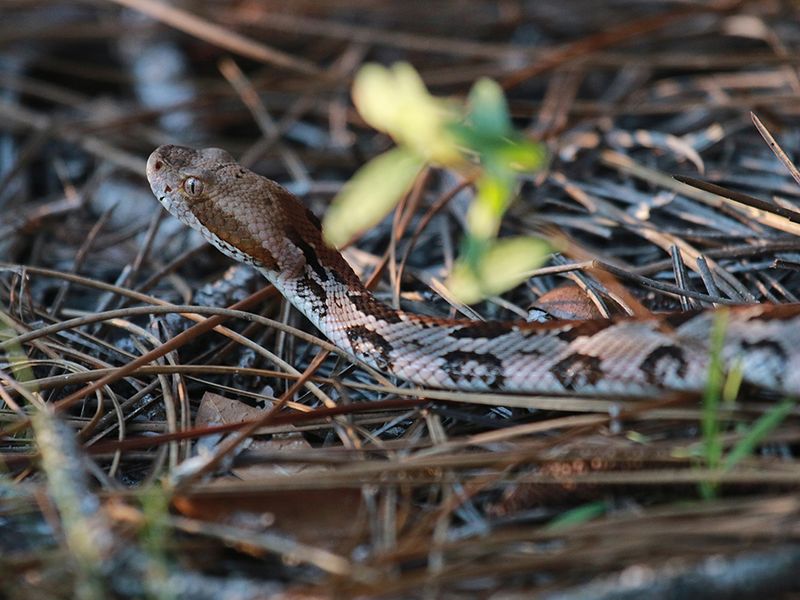
Through their feeding habits, timber rattlesnakes contribute to soil enrichment. By preying on rodents, they help cycle nutrients back into the soil through decomposition.
This natural process enhances soil fertility, supporting plant growth and forest regeneration.
The interconnectedness of their predatory habits and soil health underscores their ecological significance. Thus, they play an unseen yet vital role in environmental sustainability.
Benefit: Timber Rattlesnakes Provide Prey for Other Species
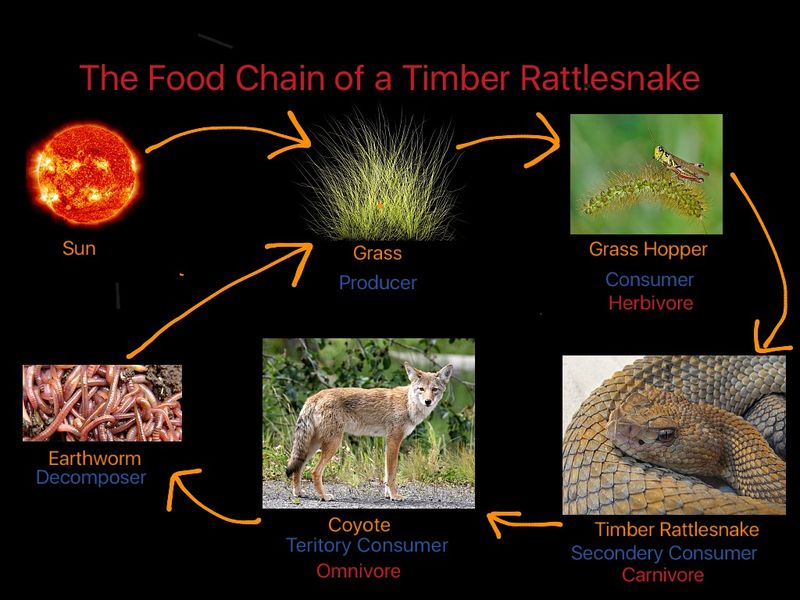
Timber rattlesnakes themselves are a part of the food web, serving as prey for larger predators. This places them as integral components of the food chain, supporting biodiversity.
Their role as prey keeps larger predator populations healthy and balanced.
Recognizing this, their existence supports an intricate web of life. Their presence ensures the survival of various species, highlighting the complexity of ecosystems.
Benefit: Timber Rattlesnakes Prevent Disease Spread
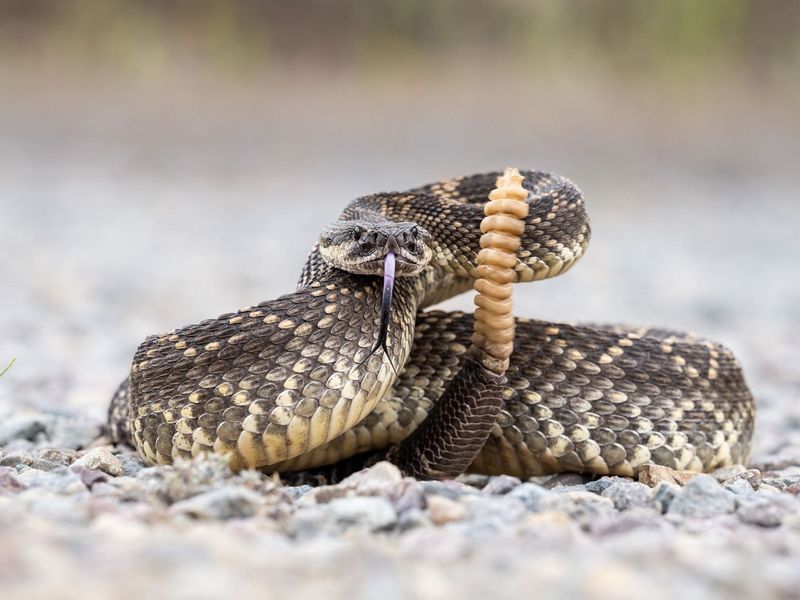
By controlling rodent populations, timber rattlesnakes help prevent the spread of diseases like hantavirus. Their predation reduces the chances of disease transmission between animals and humans.
This natural regulation is vital for public health and wildlife preservation.
The snakes’ presence creates a safer environment for both humans and animals. Their influence on disease dynamics emphasizes their importance in ecological and health contexts.
Benefit: Timber Rattlesnakes Foster Ecological Education
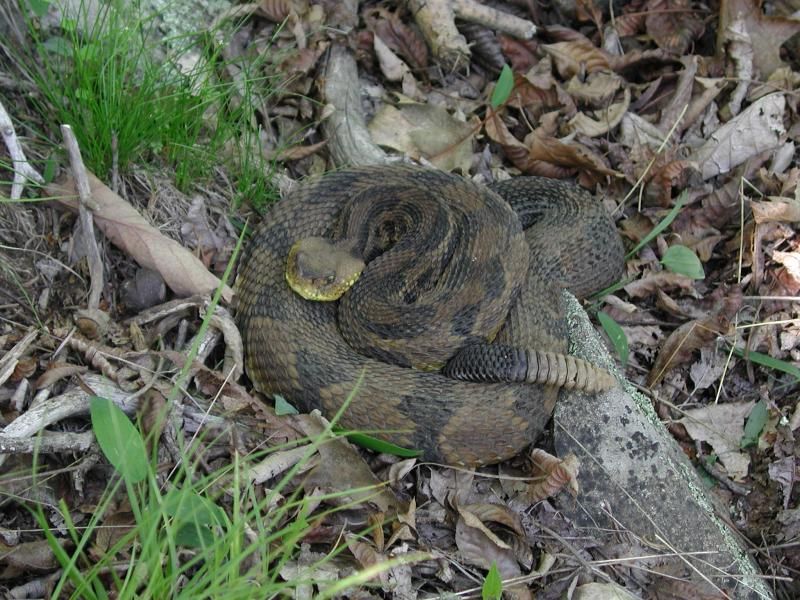
Timber rattlesnakes are valuable for ecological education, teaching about biodiversity and conservation. Programs focusing on these snakes raise awareness and appreciation for wildlife.
Their fascinating behaviors and roles can inspire interest in environmental sciences.
Through education, misconceptions can be corrected, fostering a deeper understanding of nature. Engaging with timber rattlesnakes educates people about the importance of preserving ecosystems.

